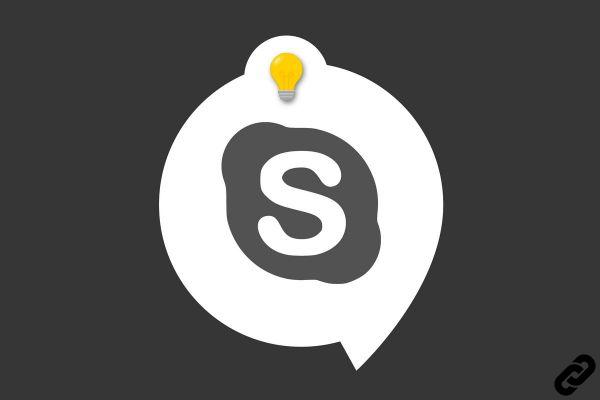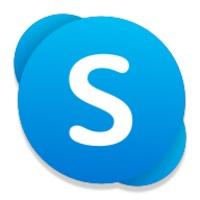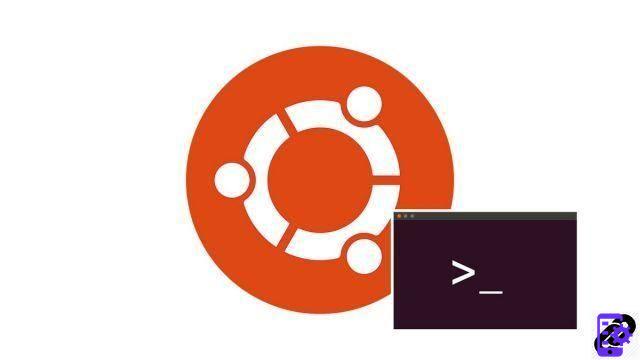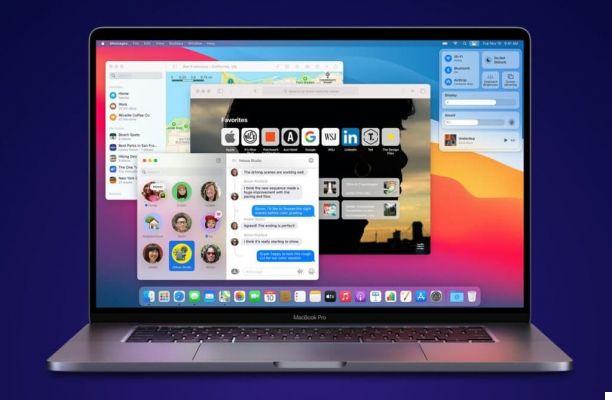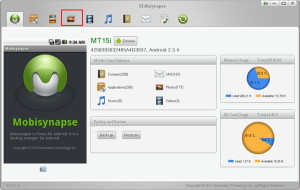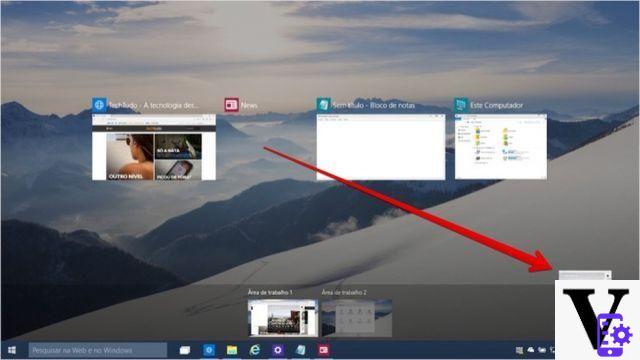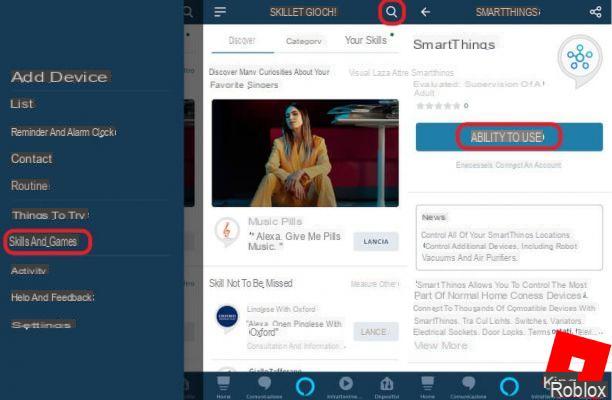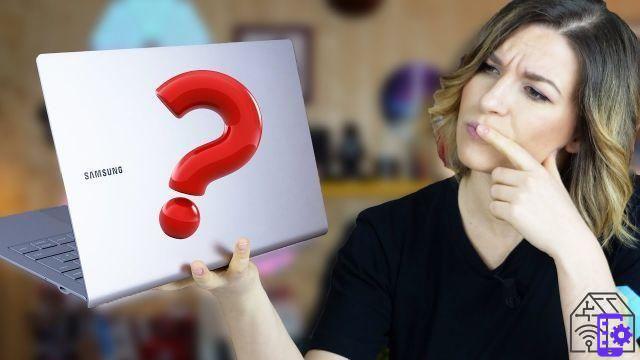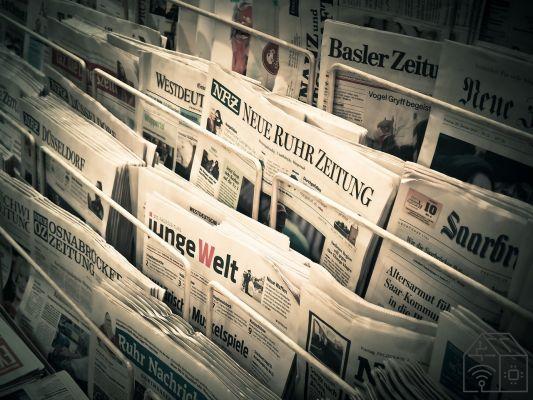
Nicholas Tomalin, a British writer and journalist, stated that "The only qualities to be successful in journalism are rodent cunning, acceptable manners and a little literary skill." If there is an element that our contemporaneity has totally subverted it is the perception of information and consequently also journalism, which is the main vehicle of information. Each temporality had a different journalism, which was shaped by the spaces of writing, by the places in which it was forged, by the mentality with which it was conceived.
Within the seminal essay on journalism, The Near-Perfect Journalist, reporter David Randall asserts that there are two types of journalism, bad journalism, "practiced by those who rush to make judgments instead of finding out about things, who care the most. of themselves and of the reader, who write between the lines instead of inside the lines, who write and think in terms of formulas, stereotypes and clichés "; and good journalism “which is intelligent, funny, reliable from the point of view of information, correctly placed in context, honest in intentions and effects, uses original language and serves no other cause than that of truth”.
How it has changed: journalism and information
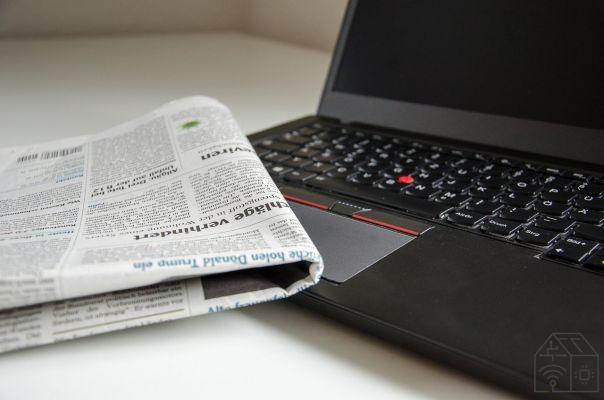
How journalism and information have evolved over the years is something we are discovering day by day, in a world in which both the means of communication and the quantity of information and skills have increased and multiplied. Compared to the past, when the press has developed and has become one of the main means of disseminating news and newspapers, today a journalist must not only know how to write, or research sources, but must know how to work with statistics, understand how online media, social media, knowing how to use the web as a research tool, but above all "knowing how to evaluate increasingly sophisticated sources of information and recognize those who manipulate them, and be able to produce more informative, original and reliable journalism than that of the increasingly numerous competitors ".
In this column we will delve into this complex issue, namely how journalism and information have changed, how its perception and approach from print media to social networks have changed.
From printed paper to social networks
We assume that journalism has the solemn and noble task of investigate reality, to tell it in all its complexity, conveying facts that are relevant, ordinary, useful, even extraordinary, and that follow a hierarchy. The first known journalistic product was a news sheet circulated in ancient Rome, the Acta Diurna which is said to date back to before 59 BC. Day Minutes they recorded important daily events, such as public speeches. Established by Julius Caesar, the acta diurnal were nothing more than notices posted in the most popular places. Although no copies of this document have survived, it is widely believed that chronicles of events, assemblies, births, deaths and daily gossip have been published through them.
Over the course of its long and complex history, information and journalism have undergone many transformations. To examine the historical roots of newspapers can help shed light on how it evolved into the multifaceted and versatile medium we know today. Who exactly created the first newspaper is difficult to indicate and to determine, also because before becoming such the newspaper went through several metamorphoses.
Before the advent of the press, the only means of journalism were the merchant letters, or rather announcements of shipments or payments, or news bulletins with information on public events, chronicles that were discarded of their purely private or commercial character, becoming much sought after and read news. A change of course took place during the Middle Ages, a period in which news was mainly transmitted through the voice, since few people were able to read it. The news and information were spread through the so-called auctioneers, individuals in charge of shouting news and regulations in the streets.
Acta Diurna and Venetian cards
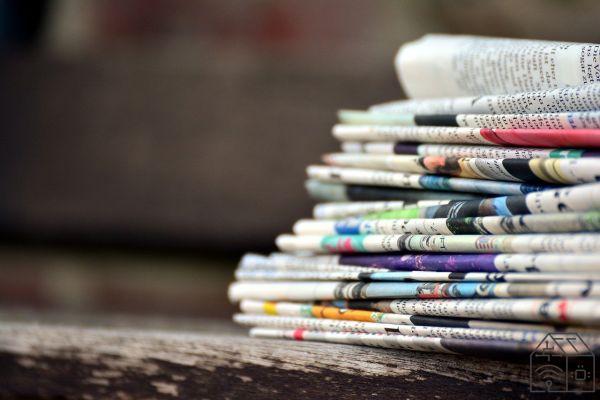
Until the XNUMXth century the news was written by monks and chroniclers. TO Venice, the first news sheet appeared in 1563, which was nothing more than an official information sheet, an ante litteram version of the modern newspaper. These notices or journals were handwritten and focused on politics and military conflicts. However, the absence of printing machine technology severely limited the circulation of both Acta Diurna and Venetian cards. But the real revolution would come with the invention of movable type printing, by Johann gutenberg, In 1455.
Johannes Gutenberg's printing press exponentially increased the speed at which printed materials could be reproduced and drastically changed the face of publishing. In 1455, Gutenberg invented a machine that enabled high-quality reproduction of printed materials at a speed of nearly 4.000 pages per day. This innovation has limited the price of printed materials and made them accessible to a wider market, transforming the face of information, paving the way for modern journalism and contributing to mass literacy.
The first weekly newspapers to employ Gutenberg's printing emerged in 1609 and spread rapidly throughout the country.central Europe. The first brochures appeared in Basel, Frankfurt, Vienna, Hamburg, Berlin and Amsterdam, as well as England, Italy, Germany, Hungary, Poland, France and the Netherlands.
The printing press and the industrial revolution
The nation where there is the greatest diffusion and growth of the daily press is precisely theEngland. In England, following the outbreak of the civil war in 1641, brochures and political papers began to spill over into the press and the first official parliamentary news report was published: The Heads of Severall Proceedings in This Present Parliament. The document fueled a discussion on freedom of the press which was then articulated in 1644 by John Milton in the Areopagitica, an appeal with which he advocated freedom of the press and with which he criticized the role of the British Parliament in regulating newspapers. His treaty had a major effect on the press and regulations in England; newspapers would be freed from government control and people understood the power of the free press.
Also in France, following the French Revolution of 1789, which frees the press from the constraints to which it had been subjected, and the inclusion of the principle concerning freedom of the press in the Declaration of the rights of man and citizen, we can observe the birth of the first forms of political journalism and d 'opinion. Among the most important publications we remember L'Ami du Peuple directed by Jean Paul Marat.
With the Industrial Revolution we are witnessing the mechanization of the production of the media, an element that increases the market for printing and advertising itself as a new means of financing newspapers. In the early 800s, newspapers were still quite expensive to print. Although newspapers would become more common and provide up-to-date business information, they were priced at around 6 cents per copy, well above what artisans and other working-class citizens could afford.
Journalism and information: the penny press
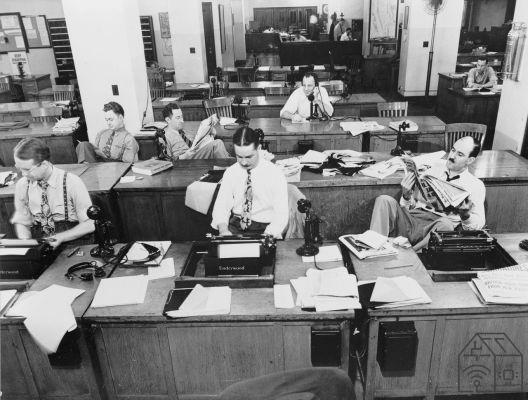
This all changed then in September 1833, when Benjamin Day created The Sun. Printed on small letter-sized pages, The Sun sold for only a penny. With the industrial revolution in full swing, while the old press was able to print far fewer copies per hour, a technologically improved version was printing paper at low cost and in large quantities. Day minimized the size of the paper, used a new printing machine, powered by a steam-powered force, and reduced the price of paper to a dime so more citizens could afford his newspaper, which would not it was more aimed only at the elite. By targeting his newspaper to a broader, more mainstream audience, Day transformed the newspaper industry and its readers as well.
The emergence of the so-called penny press it helped to transform the newspaper into a true means of mass communication. Another of the first successful penny presses was James Gordon Bennett's New York Herald, first published in 1835. foreign correspondents and war reporters to cover the US Civil War. His newspaper was the first to send a reporter to a crime scene to attend an investigation. Although the Herald initially emphasized sensational news, it later became one of the most respected newspapers in the country.
Penny Press and investigative journalism
As early as 1700, there were two sources of income for newspaper publishers: sale to the public and sale of advertising. But the advertising was very limited and specialized, and the reading audience very specific and bourgeois given the costs of the newspapers. Things changed in the first half of the nineteenth century, when newspapers began to appeal to a wider, wider audience. The 1890s saw the rise of the publishing magnates William Randolph Hearst e Joseph Pulitzer. They both owned newspapers in New York and both employed a sensationalist type of journalism, attentive to scandal and spectacle, investigative journalism, cynical, speculative and designed to attract as many readers as possible. The term yellow journalism dates back to this era, a term that derives from the name of a comic, The Yellow Kid, published by Pulitzer.
As you can well understand, the problem of fake news has never been a novelty, and can be found in most historical periods, starting with the so-called yellow journalism, up to the present day, with the widespread disinformation that social networks and Internet have helped to spread.
At the end of the 900th century, the advent of the Internet and later of social networks revolutionized everything. Online journalism was born in the United States in 1992, when some small newspapers decided to experiment with Internet journalism: at the beginning the online version was essentially the identical copy of the printed version. Later the technology has continued to revolutionize the way newspapers are written, edited and published. Newspaper content has become free, advertising and advertising formats have become cheaper, and readers have increased, while not paying for what they read in most cases.
Journalism and information, internet and social media
Social media has become so necessary and indispensable that it seems impossible for journalists and newspapers to exist outside of them, especially on the global stage. News travels fast and is published seconds after an event occurs. Social media has forever changed the face of journalism and information has taken on an even more decisive complexity in our daily life, and the role of the journalist has also changed.
Access to news has become more immediate and easier and the amount of content produced on the internet has increased dramatically. These elements have led not only to an ever faster and free exchange of information and to the circulation of false and harmful news, fake news, but they have in fact involved the birth of a figure within the journalistic world whose purpose is to reveal and dismantle the hoaxes, or the debunker. While social media has also provided journalists with access to huge amounts of content from around the world, journalists are increasingly struggling to assume their role as guarantors of the veracity of communication.
During a speech, the journalist Bruno Manfellotto said: “A newspaper is a place of values which, especially up to the XNUMXs, gave a precise identity to its readers, making them feel part of a collective“ thought ”, of a community. Online newspapers often have no identity and it is always good to keep in mind the original source ".






